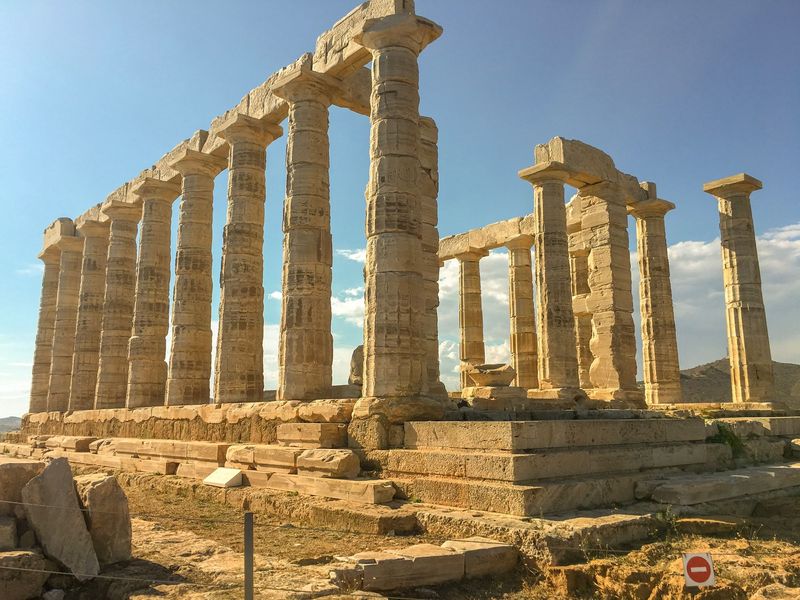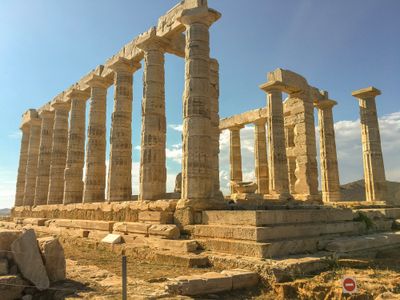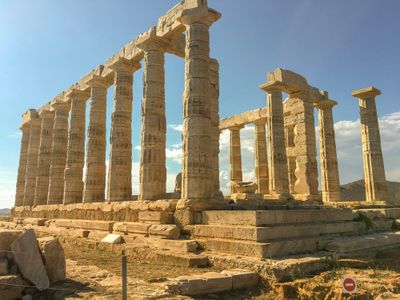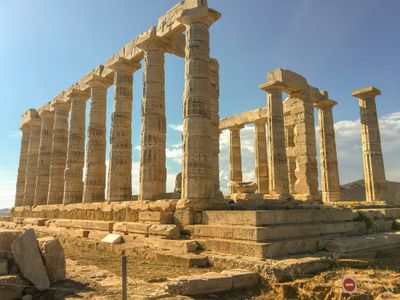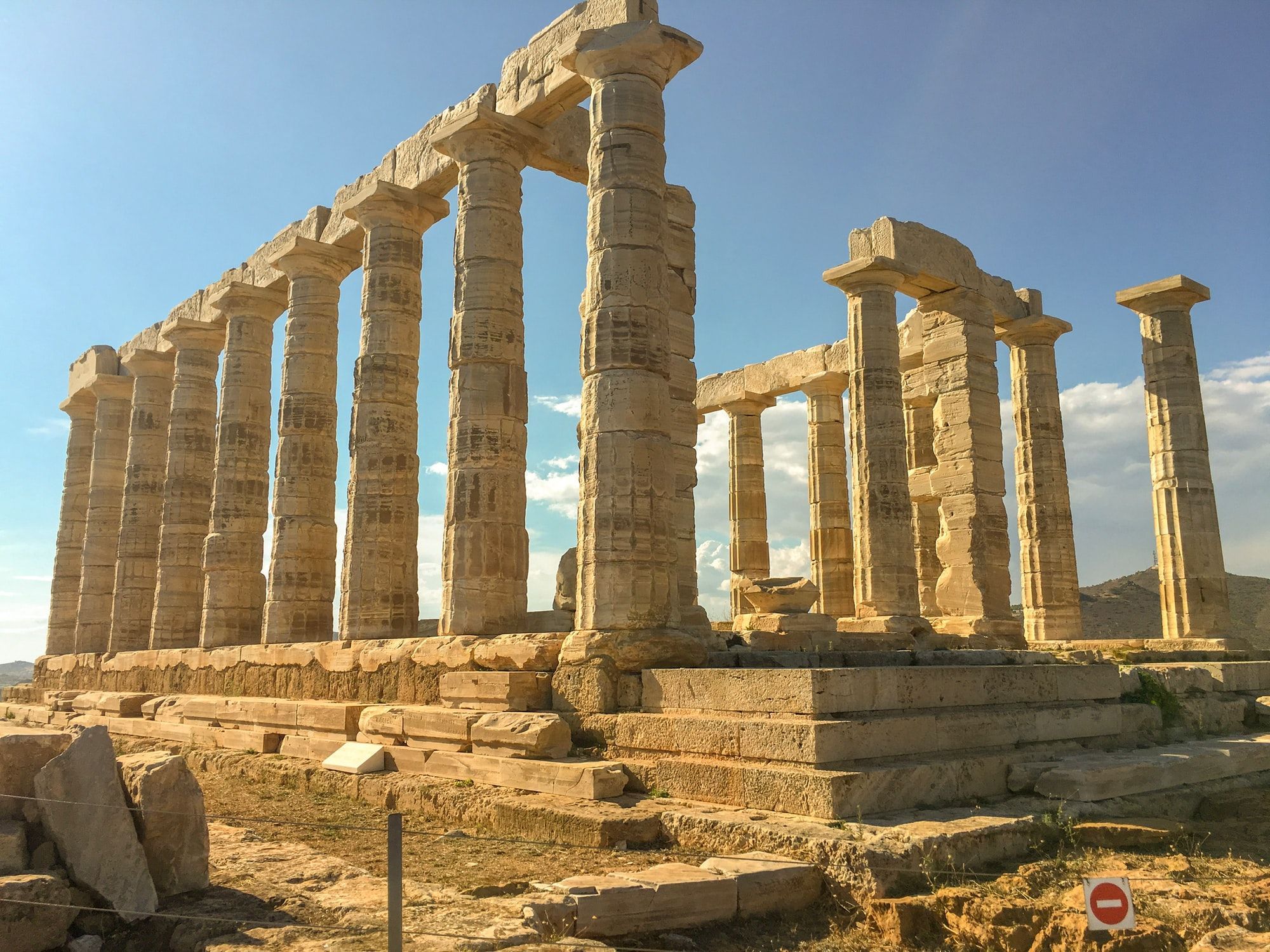
This article relates to episode 10 in the series ‘Cyber Security in the Ancient World’. This is also the final episode of this series. There will be two episode on invisible ink. In the last episode (number 9) we have discussed love letters sent between a male and a female lover to hide secrets from fathers and rivals. In this next episode (number 10) we will look at a special relationship that had to remain a secret: a relationship between two men in the Early Christian world.
According to Pliny and Ovid, lovers could use secret signing and invisible ink to communicate with each other. Ovid also suggested the use of secret signs between lovers in their efforts to try to communicate with each other, especially at banquets and public gatherings, are a favourite theme with the author.
Pliny and Ovid clearly had a relationship between a man and a woman in mind. Yet, of course, there were, and still are other relationships too, for example between two men or two women. Homosexuality was not a problem in antiquity. In fact, all kinds of relationships, having mistresses etc. was seen as normal until the time when Christianity became the most important religion in the Roman empire. Eventually, Christianity even became the only officially accepted religion.
For some people this was a problem. One of them was probably Ausonius. Ausonius was a Roman poet and teacher of rhetoric from Burdigala in Aquitaine (modern Bordeaux, France). He lived from about 310 – 395 CE. For a time he was tutor to the future emperor Gratian, who afterwards bestowed the consulship on him. Ausonius wrote a large number of works of a variety of subjects. His best-known poems are Mosella, a description of the river Moselle, and Ephemeris, an account of a typical day in his life. His many other verses show his concern for his family, friends, teachers, and circle of well-to-do acquaintances and his delight in the technical handling of meter. He also maintained a vivid correspondence with a number of people – including Paulinus of Nola. Paulinus was Ausonius’ most famous pupil. He later became a Christian and Bishop of Nola. Paulinus of Nola (lived from about 354 – 431 CE. Paulinus was born c. 352 at Bordeaux, in southwestern France. He was from a notable senatorial family with estates in the Aquitaine province of France, northern Iberia, and southern Italy. Paulinus was educated in Bordeaux, where his teacher, the poet Ausonius, also became his friend.
Later, Paulinus became a poet, writer, and senator. He also attained the ranks of consul (c. 377) and governor of Campania (c. 380–81) but—following the assassination of the emperor Gratian and under the influence of his Spanish wife Therasia of Nola—abandoned his career, was baptized as a Christian, and probably after Therasia's death became bishop of Nola in Campania. Ausonius and Paulinus were friends, and may have been lovers too. To prevent others from finding out about their relationship, Ausonius suggested in letters to Paulinus how they could hide this and other secrets.
Ausonius seems to have presented himself as an expert in secret messaging, his knowledge of such stratagems and devices is fairly limited, and largely focuses upon the sorts of steganographic methods seen in Ovid and the other Latin love elegists.[1] In a letter to his pupil Paulinus, Ausonius wrote that he knew ‘countless codes of the ancients for concealing and unlocking secret messages’ (Epistles, 28.28-29).[2]
However, despite this expansive claim to know ‘countless forms’ of secret communications, Ausonius only refers directly in his writing to a scant handful of the various methods that the Greeks and Romans used, discussing only Ovid’s suggestion to use milk as invisible ink (28.21-22) and the Spartans’ use of the scytale (28.23-27). In Ausonius’ description of invisible ink, we clearly hear Ovid, since Ausonius, like Ovid, suggests the use of fresh milk that would become completely invisible when it had dried. Only when rubbing ashes onto the paper would the text become visible again.[3] What is more, Ausonius writes that he is familiar with:
countless codes of the ancients for concealing and unlocking secret messages (Epistles, 28.28-29)
Here, it is significant that the language Ausonius uses to characterise this secret communication clearly emphasises hidden rather than coded or encrypted messaging. He refers to concealing or hiding (celandi) and revealing or exposing (ostendere) messages – rather than to encoding them. Tellingly, Ausonius describes such secret communications as hidden rather than as encrypted. Ausonius, therefore, highlights not only the scant variety of options for such ‘clandestine’ communication amongst the ancient Roman sources with which he is familiar but also the focus in those sources upon steganographicmodes.
The accounts of Ovid, Pliny the Elder and Ausonius provide an interesting context for different Roman concerns with, and interest in secret communication outside of direct military contexts and might help us to understand the different choices that the Romans appear to have made about steganography and cryptography. By the end of the 1st century BCE, letter exchange was widely practised in elite Roman society. Indeed, participation in letter exchange was an essential element of Roman aristocratic culture.[4]With this emergence in the widespread practice of letter writing, came from the 1st century BCE onward an understanding of, and need for secret and veiled communication in letters, precisely because there was an awareness that letters were not always private. In fact, maintaining confidentiality and cautiousness in correspondence seems to have been expected of the correspondents.[5]
This is, for example, why Ovid urged lovers to be as secretive as possible when sending each other letters (Ovid, Ars Amatoria, 3.625). In modern times the postal system protects the relative privacy of letters.[6] However, in antiquity individuals had to make their own arrangements for the sending of their letters. For this, some individuals could have used the Roman imperial postal system (the cursus publicus; Suetonius, Lives of the Caesars 2. The Deified Augustus, 49).Yet, this system was mainly used for official governmental and military correspondence since only those with official authorisation could use it – making it not easily accessible to other individuals.[7] A second option – in fact the only option for most people – was to give the letters to someone who was travelling in the direction of the intended recipient.[8]
The fact that it was not always easy to find a trustworthy messenger is known from dozens of references in ancient letters, many of which can be found in Cicero’s correspondence (see for example: Cicero, Letters to Atticus, 1.16.16; 2.39.5; Letters to Friends 11.20.4; 11.26.5).[9] Some historians further suggest that privacy in letter writing would have been compromised in the Roman world because letters were often expected to be read out loud by the intended recipient and addressee.[10]Obviously, one could not control who might be listening in on this process – either intentionally or unintentionally. This point suggests that the Romans would have had good reason to have been interested in steganographic hidden messages over cryptographic (encrypted) messages.
As we have seen, for this hidden communication the Romans used invisible ink. According to Pliny the Elder and Ovid lovers - male and female - could use invisible ink to hide their relationships from fathers and rivals. Yet, there were other relationships too in the ancient world. In this final episode we have looked at a special relationship: one between two men in the early Christian world of the 4th century CE.
Hiding the relationship between Ausonius and Paulinus was of the utmost importance with both men being Christians, and Paulinus even becoming a bishop in the end.
Perhaps we can say that love and war come together in this example. We cannot know with certainty whether Ausonius and Paulinus were in fact lovers, but a situation like this could - and still can - of course occur. Think about it: two men, or two women or even other people in a relationship fighting for their relationship in a world where they could not or cannot be together.
It is something we can still see nowadays.
As we have seen in this series, methods for cryptography and steganography from the ancient world influenced modern communication security. We can learn so much from the classical world. If we understand this period better, we will have a better understanding of our present and future. Let us keep investigating this fascinating period!
[1] See on Ausonius’ Epistles, e.g.: Dräger 2002; Evelyn-White 1921; Knight 2005. See on Ovid’s influence on Ausonius, e.g.: Guzmán & Martínez 2018; Fielding 2017; Martin 2004; Moroni 2010.
[2] See on the relationship between Ausonius and Paulinus, e.g.: Dräger 2002; Evelyn-White 1921; Knight 2005; Rücker 2012; Trout 1999.
[3] Evelyn-White 1921, 111. See also Dräger 2002; Knight 2005.
[4]Freisenbruch 2007; Henderson 2007; Morello 2007.
[5]Malherbe 1988.
[6]Sarri 2017, 125.
[7] Sarri 2017, 125; Sidebottom 2007, 9. See also: Kolb 2001.
[8] Sarri 2017, 125; Sidebottom 2007, 9.
[9] Head 2009-I; 2009-II.
[10]Achtemeier 1990, 15-17; Porter & Pitts 2013, 505.
Bibliography:
Achtemeier, P. J. (1990). Omne Verbum Sonat: The New Testament and the Oral Environment of Late Western Antiquity. Journal of Biblical Literature, 109 (1), 3-27.
Dräger, P. (2002). D. Magnus Ausonius, Mosella, Bissula, Briefwechsel mit Paulinus Nolanus. Düsseldorf/Zürich: Artemis & Winkler.
Evelyn-White, H. G. (1921). Ausonius, Paulinus Pellaeus. Volume II: Books 18-20. Paulinus Pellaeus: Eucharisticus. (Volume 115 Loeb Classical Library). Cambridge (Massachusetts): Harvard University Press.
Fielding, I. (2017). Transformations of Ovid in Late Antiquity. Cambridge (United Kingdom)/ New York: Cambridge University Press.
Freisenbruch, A. (2007). Back to Fronto: Doctor and Patient in his Correspondence with an Emperor. In: Morello, R. & Morrison, A. (eds.), Ancient Letters: Classical and Late Antique Epistolography, 235-256. Oxford: Oxford University Press.
Guzmán A. & Martínez, J. (eds; 2018). Animo Decipiendi? Rethinking Fakes and Authorship in Classical, Late Antique, & Early Christian Works. Groningen: Barkhuis.
Head, P. M. (2009-I). Letter-Carriers in the Ancient Jewish Epistolary Material. In: Evans, C. & Zacharias, H. (eds.), Jewish and Christian scripture as artifact and canon, 70, 203-219.
Head, P. M. (2009-II). Named Letter-Carriers among the Oxyrhynchus Papyri. Journal for the Study of the New Testament, 31 (3), 279-299.
Henderson, J. (2007). …when who should walk into the room but…’: Epistoliterarity in Cicero, Ad Qfr. 3.1. In: Morello, R. & Morrison, A. (eds.), Ancient Letters: Classical and Late Antique Epistolography. Oxford: Oxford University Press, 37-86.
Knight, G. R. (2005). Friendship and Erotics in the Late Antique Verse-Epistle: Ausonius to Paulinus Revisited. Rheinisches Museum für Philologie Neue Folge, 148 (3-4), 361-408.
Kolb, A. (2001). Transport and Communication in the Roman State: the Cursus Publicus. In: Adams, C. & Laurence, R. (eds.), Travel and geography in the Roman Empire. London/ New York: Routledge - An Imprint of Taylor and Francis Group, 95-105.
Malherbe, A. J. (1988). Ancient Epistolary Theorists. Atlanta: Scholars Press.
Martin, C. (2004). Metamorphoses. New York: Norton.
Moroni, B. (2010). I Tristia di Ausonio. Pater ad filium. Annali Della Facoltà di Lettere E Filosofia, 63, 75-96.
Porter, S. E., & Pitts, A. W. (2013). Christian Origins and Hellenistic Judaism: Social and Literary Contexts for the New Testament. Leiden: Brill.
Rücker, N. (2012). Ausonius an Paulinus von Nola: Textgeschichte und Literarische Form der Briefgedichte 21 und 22 des Decimus Magnus Ausonius. Göttingen: Vandenhoeck & Ruprecht.
Sarri, A. (2017). Material Aspects of Letter Writing in the Graeco-Roman World: 500 BC - AD 300.Berlin: De Gruyter.
Sidebottom, H. (2007). International Relations. In: Sabin, P., Van Wees, H. & Whitby, M. (eds.) The Cambridge History of Greek and Roman Warfare (Volume II: Rome from the Late Republic to the Late Empire). Cambridge: Cambridge University Press, 1-29.
Trout, D. E. (1999). Paulinus of Nola: Life, Letters, and Poems. Berkeley: University of California Press.

